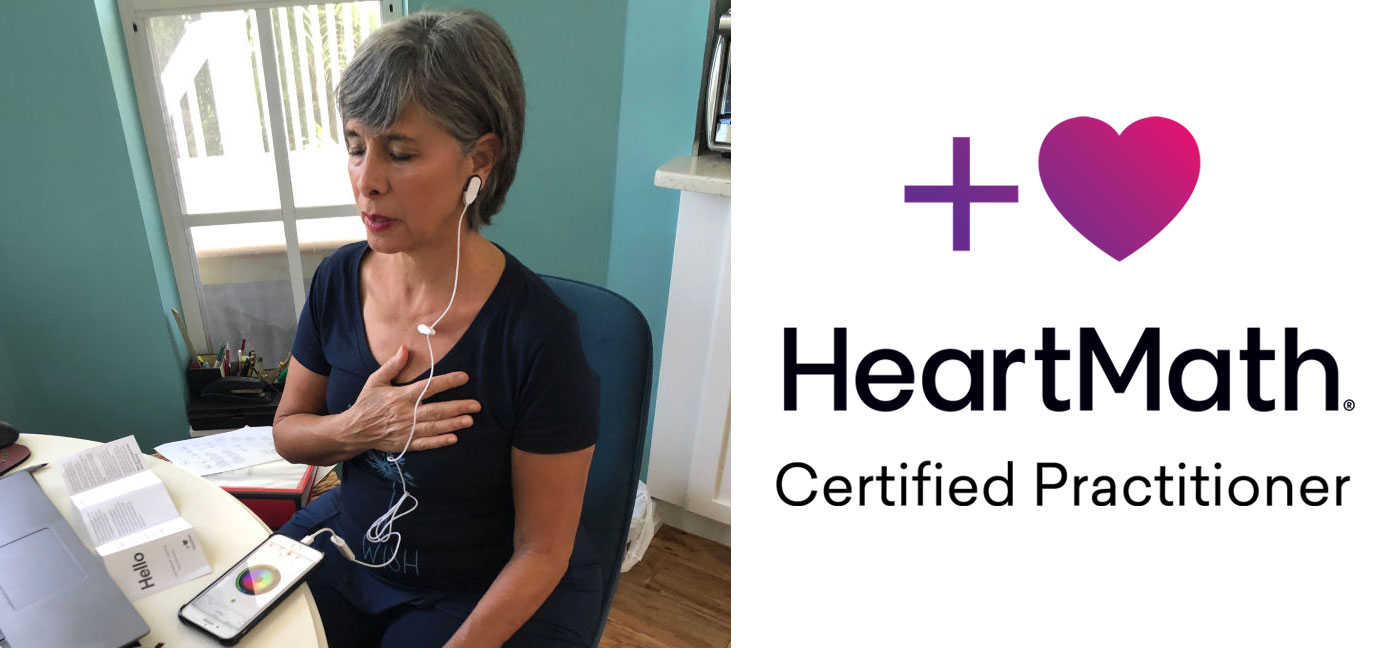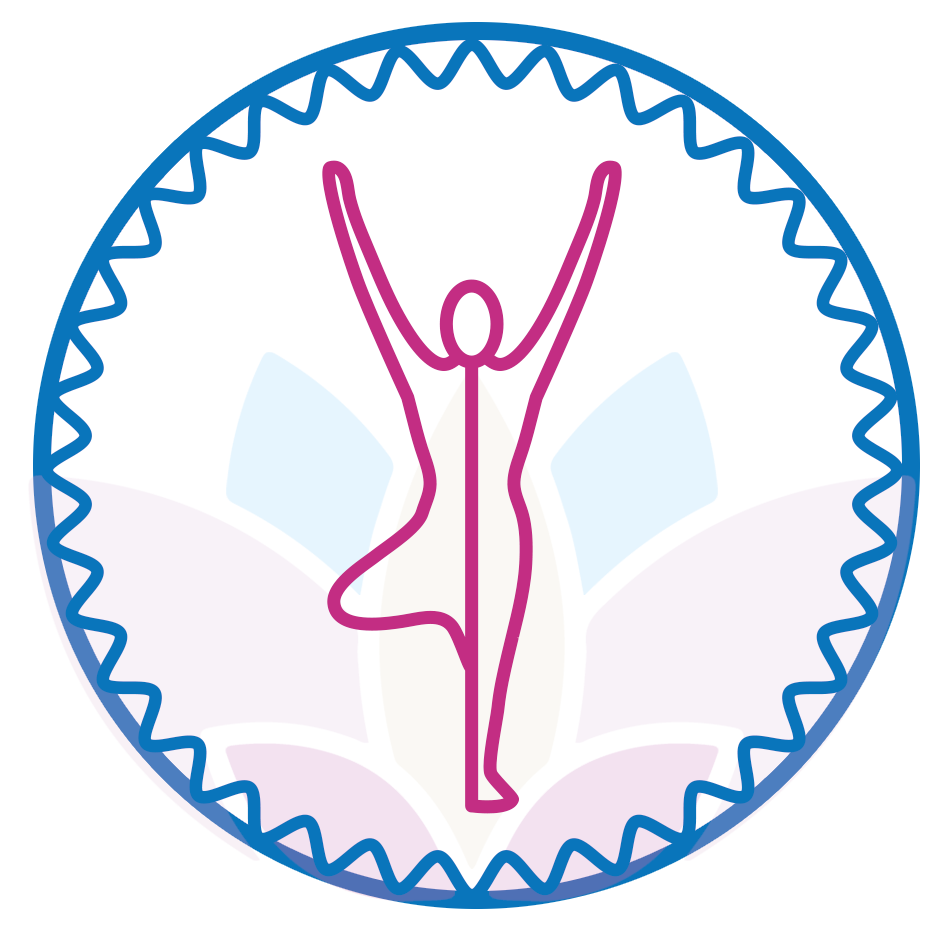
It has been a crazy week – HeartMath® to the rescue!
- we had a mini tornado,
- my youngest son who had lived with us since graduating college moved to NY,
- several people I care about dearly had some serious medical issues come up,
- I had my second COVID vaccine and ended up with some digestive side effects (my weak spot)
These are the kinds of weeks we all have during life but practicing Heart-Brain Coherence techniques that I have learned through all my HeartMath® trainings has helped me navigate the roller coaster of life. The more I research and practice HeartMath® tools for emotional regulation, the more I understand the science behind it.

What’s New with the Heart!
In the past ten years, new technology and ways of measuring activity inside the body have revealed some fascinating new information about our heart, our brain, and our nervous system. What has been learned is changing our understanding of our health, thoughts, feelings, and in fact, the way these organs communicate with each other. Here are some of the mind-blowing new understandings.
- The heart talks more to the brain than the brain talks to the heart.
- The heart senses with its intrinsic nervous system containing more than 40,000 neurons danger and positive events before the brain do (Intuition is real if you take the time to tap into it.)
- The order of communication in simplified terms is heart to brain to gut. So, when we say we have a gut instinct, it really is Heart intuition that is telling us something.
- Heart/brain coherence is a state of optimal functioning of the body. It synchronizes your heart rhythms with your higher functioning brain waves creating clearer thinking, improved memory, focus, and more creativity.
- Heart/brain coherence also lowers your blood pressure, suppresses the release of cortisol, and signals the release of several very important hormones for short-term happiness and long-term health—DHEA (the longevity hormone) and oxytocin (the happy hormone).
- Heart/brain coherence improves your immune system.
- Heart/brain coherence is not the same as getting into a meditative state.

Meditation and HeartMath Techniques Are Both Great and Needed!
This last point is remarkably interesting. As a yoga teacher when I started my HeartMath® journey, I thought it was about totally relaxing like doing meditation. But it is not. It is different. In meditation, we are developing our ability to get into a totally relaxed state. Research has shown that in meditation, theta brain waves increase, which is great for helping us sleep, deeply relax, and repair many systems in our body. However, if you are in the middle of preparing for a test, working on an important project, running a race, or interacting with family members and/or friends, you may not want to get into this state. Instead, you might want to access a different brain wave state known as relaxed but alert. That is where HeartMath® comes in.
Most of the HeartMath® techniques take anywhere from 2 to 5 minutes and do not have to be done with the eyes closed (there is one exception). In these techniques, research has shown that you are able to access the Alpha wave state also known as calm, but alert and you can decrease the Beta brain waves which has become known as the chaotic monkey mind state.

While I still love meditating and try to find time daily for the eyes closed totally deeply relaxing practice, HeartMath® tools have become my go-to during my day whenever I need them. In weeks like this past one, I might stop five to ten times a day and do one of the more than a dozen techniques I have learned and am certified to teach. For more information on how HeartMath® can help you stay off the emotional roller coaster no matter what you are facing, contact me or attend one of my programs. Click here
Namaste,
Andrea



